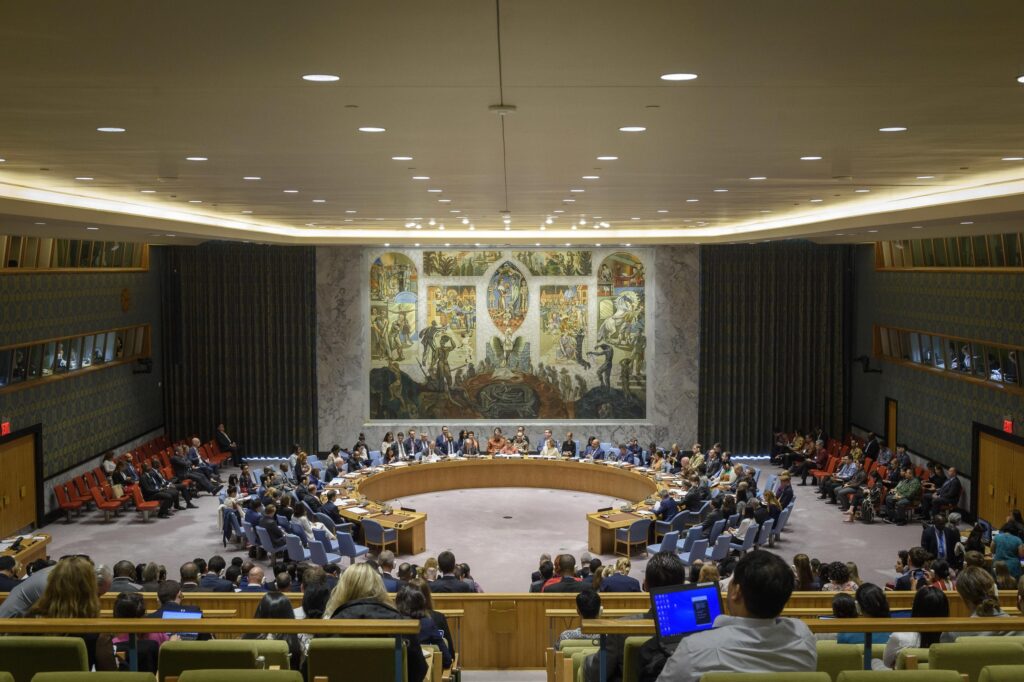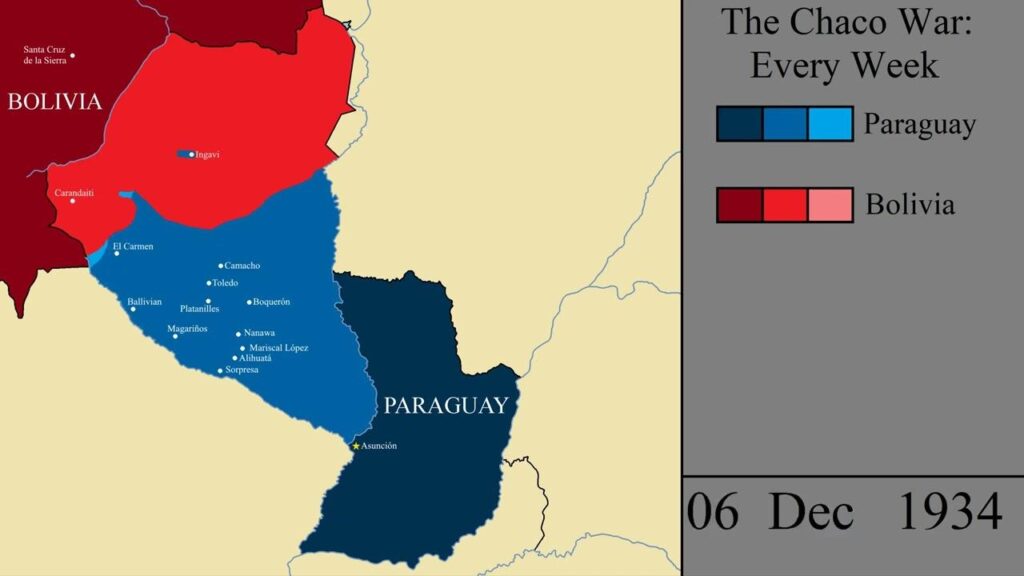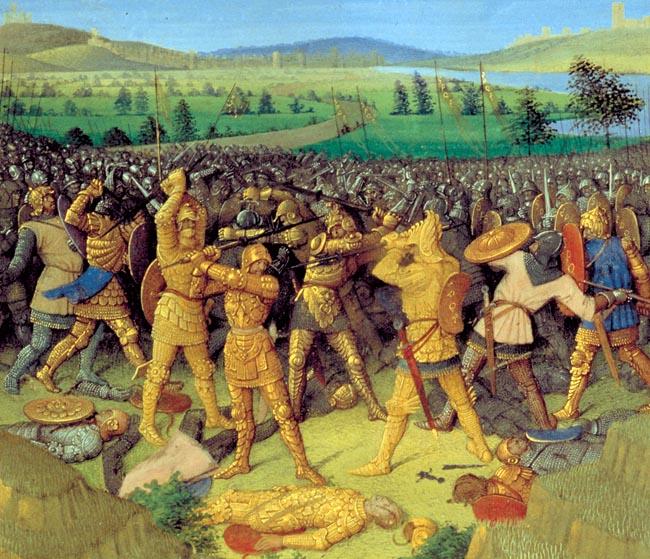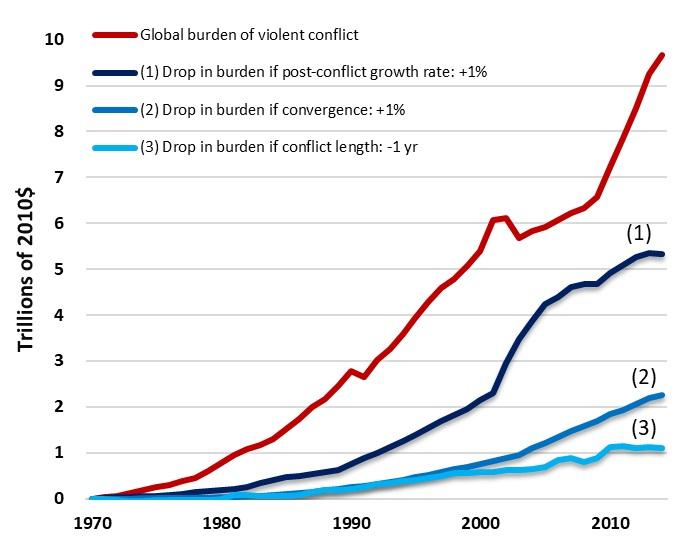The Siege of Troy has captivated imaginations for millennia, immortalized in epic poems, dramatic retellings, and popular culture. But beyond the enchanting tales of gods, heroes, and legendary battles lies a complex interplay between myth and historical reality. In this article, we delve into the timeless story of the Trojan War, examining what the ancient sources claim and what modern archaeology and scholarship reveal. Join us as we explore the fascinating divide—and surprising overlaps—between myth and history in the saga of the Siege of Troy.
Table of Contents
- Understanding the Mythological Origins and Literary Impact of the Siege of Troy
- Archaeological Evidence and Historical Theories Surrounding the Trojan War
- Analyzing Key Characters and Their Roles Through Myth and History
- Practical Approaches to Distinguishing Myth from Historical Reality in Ancient Warfare Studies
- Future Outlook
Understanding the Mythological Origins and Literary Impact of the Siege of Troy
The Siege of Troy stands at the crossroads of myth and history, where epic storytelling meets archaeological intrigue. Rooted deeply in Greek mythology, the tale is immortalized through Homer’s Iliad, which captures the valor, tragedy, and divine interventions surrounding the ten-year conflict. While the story bursts with legendary heroes like Achilles and Hector, its origins draw from an oral tradition that predates written history, evolving through centuries of retellings. Ancient poets and playwrights further embellished and adapted these narratives, blending fact with fiction to construct a powerful cultural emblem that explores themes of honor, fate, and the human condition.
Despite its mythological framework, the Siege of Troy has left a lasting imprint on literature and art, continuously inspiring generations worldwide. Modern scholarship, fueled by excavations at the site believed to be ancient Troy in Hisarlik, Turkey, suggests that a real city might have suffered conflict during the late Bronze Age, providing a tangible foundation for the myth. This intersection between legend and historical fact encourages a unique exploration:
- How ancient epics shaped the cultural identity and historical consciousness of civilizations.
- The evolution of storytelling techniques from oral saga to written word.
- The ongoing dialogue between archaeology and literary analysis in reconstructing the past.
Archaeological Evidence and Historical Theories Surrounding the Trojan War
Archaeological excavations at the site believed to be ancient Troy, located in modern-day Turkey, have sparked fascinating debates among historians and archaeologists alike. The layers of ruins unearthed reveal a city that endured multiple destructions and reconstructions over centuries. Notably, Troy VI and Troy VIIa are often cited as strong candidates for the city described in Homeric epics, showcasing evidence of fortification walls and signs of violent conflict. These findings suggest a historical kernel behind the epic narratives, but they also highlight the complex interweaving of myth and history that defines the Trojan legend.
Divergent historical theories enrich this discourse with varying interpretations, ranging from the Trojan War as a metaphor for Bronze Age conflicts to potential economic struggles over control of key trade routes. Scholars have considered:
- Mycenaean Greek involvement indicated by artifacts and weaponry
- The possibility of a multiyear siege reflected in damage patterns and settlement abandonment
- The role of oral tradition shaping an epic narrative around real events and figures
While concrete proof remains elusive, these perspectives deepen our understanding of how mythology and factual events intertwine, inviting continuous exploration into one of history’s most enduring sagas.
Analyzing Key Characters and Their Roles Through Myth and History
At the heart of the Trojan epic are figures whose tales blur the lines between legend and documented history. King Priam, the sovereign of Troy, embodies the dignity and tragedy of a fallen civilization, with historical references hinting at a powerful ruler who may have presided over a prosperous city-state. In contrast, his wife, Hecuba, often portrayed through myth as a grieving mother, also symbolizes the human cost of war, a theme consistent across both mythological narratives and historical accounts of ancient sieges. Heroes like Hector stand as the Trojan ideal of honor and sacrifice; while literary sources elevate him to near-divine status, archaeological findings suggest the presence of strong military leaders who defended their cities with comparable valor.
Greek figures such as Achilles and Odysseus contribute to the intricate tapestry of the story, blending heroic archetypes with possible historical inspirations. Achilles’ almost superhuman prowess may be a dramatization of elite warrior culture, while Odysseus’ cunning and strategic mind resonate with the documented need for tactical ingenuity in warfare. Exploring these characters through the combined lens of myth and history reveals a fascinating interplay: while the myths amplify their qualities to emphasize themes like heroism and fate, historical analysis provides a grounded look at their likely real-world counterparts and functions within their respective societies.
- Priam: Last King of Troy, representing leadership and tragic loss.
- Hecuba: The matriarch embodying the sorrow of war.
- Hector: The valiant defender and tragic hero of Troy.
- Achilles: The nearly invincible Greek warrior, representing martial prowess.
- Odysseus: The clever strategist whose legendary intellect influenced warfare tactics.
Practical Approaches to Distinguishing Myth from Historical Reality in Ancient Warfare Studies
To unravel the complex tapestry woven from fact and fiction in ancient warfare, especially concerning the legendary events like the Trojan War, scholars employ a variety of practical methodologies. One effective approach involves a multidisciplinary examination combining archaeological evidence with literary analysis. Excavations at the site identified as ancient Troy reveal stratified ruins that suggest multiple phases of destruction and reconstruction, guiding historians to correlate these layers with potential historical conflicts. Meanwhile, critical textual scrutiny of sources such as Homer’s Iliad helps distinguish poetic embellishments from references that might echo genuine historical occurrences. By cross-referencing these findings, researchers enhance the accuracy of their narratives, allowing for a more grounded understanding of what may have happened versus what is likely mythologized.
Additionally, embracing comparative studies bridges the gap between myth and reality. Historians and archaeologists often look at analogous incidents from contemporaneous cultures or documented sieges to gauge the logistical feasibilities and typical warfare tactics of the era. A few practical tactics include:
- Assessing the plausibility of military technology and strategies described in myths against confirmed technological capabilities of the period.
- Analyzing human remains and fortifications to establish evidence of combat-related trauma or siege warfare mechanisms.
- Utilizing radiocarbon dating and other scientific techniques to determine the timeline of the site’s occupation and any destruction phases.
By integrating these diverse techniques, scholars can more confidently separate the legendary layers from possible historical truths, ultimately enriching our insight into the realities behind the enduring Trojan saga.
Future Outlook
In exploring the Siege of Troy, we navigate the fascinating intersection of myth and history—a realm where legend breathes life into ancient stones, and archaeological discoveries strive to uncover truths beneath epic tales. While Homer’s narrative paints a vivid picture of heroism and divine intervention, ongoing research reveals a more complex and nuanced reality. Understanding the Siege of Troy requires appreciating both the power of storytelling and the rigor of historical inquiry. Ultimately, the myth and the facts together enrich our appreciation of one of the most enduring stories from the ancient world, reminding us that history is often as much about narrative as it is about evidence.












